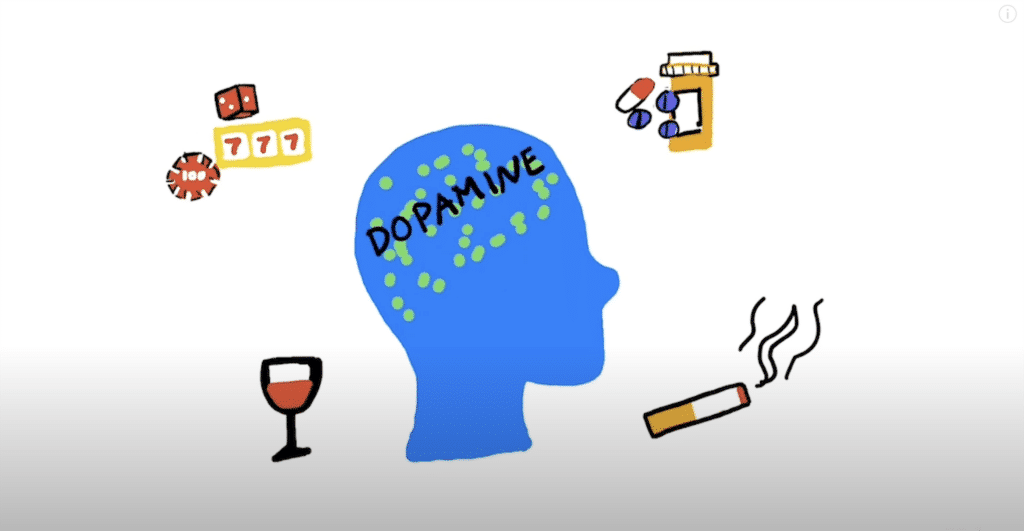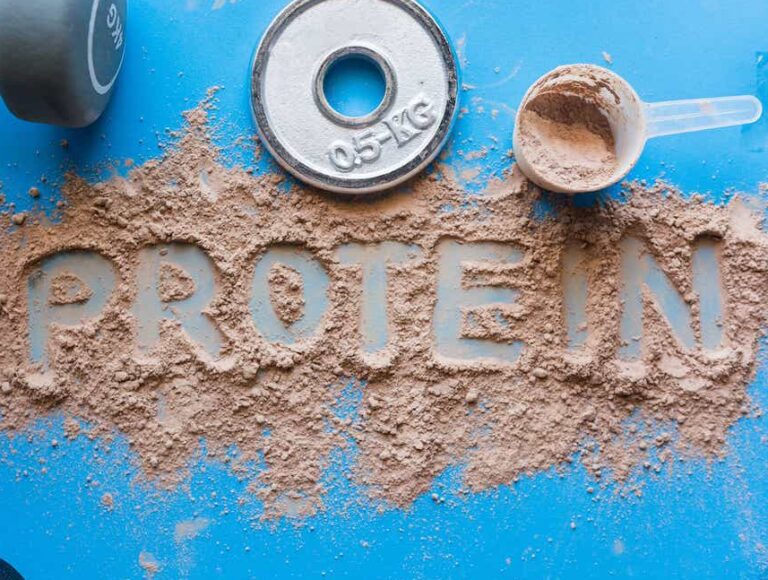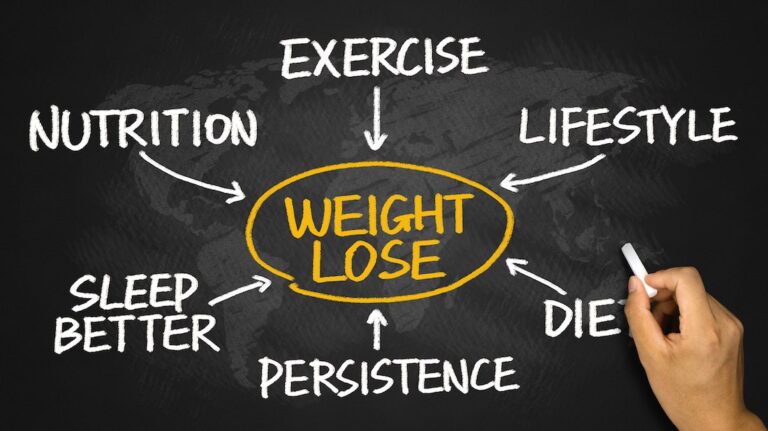Dopamine is a chemical in the brain that affects many important functions, from how we feel pleasure to our movements. Let’s dive deeper into what dopamine is and how you can boost it naturally.
What is Dopamine?
Dopamine is a type of neurotransmitter, a substance that transmits signals in the brain and other parts of the body. It plays a central role in many of the body’s functions, including movement, memory, attention and learning.
Can you increase your dopamine levels naturally?
Yes, there are several ways to increase dopamine levels naturally:
How is dopamine formed?
Dopamine is formed in the brain from the amino acid tyrosine. This process occurs in several steps, where tyrosine is first converted to L-DOPA and then to dopamine. This synthesis is carefully regulated by the body to maintain the balance of dopamine.

Step-by-step list of how production works.
- Intake of Tyrosine Through the Diet:
- It all starts with the diet. Tyrosine, an amino acid, is necessary for the production of dopamine and is found in protein-rich foods such as meat, fish, eggs, dairy products, nuts and beans.
- Absorption of Tyrosine:
- When you eat food containing tyrosine, the amino acid is absorbed into the bloodstream through the digestive system.
- Transport of Tyrosine to the Brain:
- Tyrosine travels via the bloodstream to the brain. In the brain, tyrosine crosses the blood-brain barrier to reach the brain cells.
- Conversion to L-DOPA:
- Inside the brain, tyrosine is converted to L-DOPA (levodopa) by an enzyme called tyrosine hydroxylase. This is a key process and is considered the rate-determining step in the formation of dopamine.
- Conversion of L-DOPA to dopamine:
- L-DOPA is then converted to dopamine by another enzyme called DOPA decarboxylase (or aromatic L-amino acid decarboxylase).
- Storage and Release of Dopamine:
- Once dopamine is produced, it is stored in small vesicles in the brain cells. It is then released in the synapses (contact points between neurons) in response to various signals.
- Dopamine Works on the Receivers:
- When released, dopamine acts on dopamine receptors on nearby neurons. This is how dopamine transmits signals and affects the functions of the body and brain.
- Degradation and Resumption:
- After dopamine has performed its function, it is broken down by enzymes such as monoamine oxidase (MAO) and catechol-O-methyltransferase (COMT). Some of the dopamine is also reabsorbed by the neurons for reuse or degradation.
- Regulation and Balance:
- The whole process is carefully regulated by the body to maintain a balanced dopamine level. This includes control of enzyme activity and receptor sensitivity.
- Impact from External Factors:
- Factors such as diet, physical activity, stress, and medication can affect this process, either by increasing or decreasing the production of dopamine.
Function: What Does Dopamine Do to the Body?
Dopamine has several functions. It helps regulate movement, mood, motivation, and reward. Dopamine also plays a role in how we experience pleasure, excitement, and learn from our experiences.

The brain’s reward system: How Does Dopamine Make You Happy?
Dopamine is strongly linked to the brain’s reward system. When we do something that feels good, like eating food we like or achieving a goal, the brain releases dopamine. This gives us a sense of joy and satisfaction, and encourages us to repeat these actions.
Related: Read about serotonin and learn the connection with dopamine.
Symptoms: Too Much or Too Little Dopamine
Too little dopamine can lead to symptoms such as lack of motivation, fatigue, and in severe cases, diseases such as Parkinson’s disease. Too much dopamine is linked to mental disorders such as schizophrenia and mania.
Symptoms of Too Much Dopamine
- Increased Agitation or Restlessness: An overabundance of dopamine can lead to increased agitation, restlessness, and general uneasiness.
- Mania or Hyperactivity: Excessive levels of dopamine can be associated with manic episodes, characterized by excessive energy, talkativeness, and an inflated sense of self.
- Hallucinations and paranoia: In extreme cases, too much dopamine can lead to hallucinations and paranoia, which are often seen in mental health conditions such as schizophrenia.
- Impulsive Behavior: An overproduction of dopamine can lead to impulsive and risky behavior, as dopamine is linked to reward-seeking behavior.
- Addiction or Abuse: Too much dopamine can contribute to the development of addiction, as drugs and certain activities (such as gambling) can increase dopamine levels.
Symptoms of Too Little Dopamine
- Reduced Motivation and Anhedonia: Low dopamine levels can lead to a lack of motivation, interest, and enjoyment in activities that were previously rewarding (anhedonia).
- Depression: Too little dopamine is often associated with symptoms of depression, such as low energy, low mood, and loss of interest in daily life.
- Motor Problems: Dopamine plays a role in the regulation of movement, so a deficiency can lead to motor problems, such as those seen in Parkinson’s disease.
- Cognitive Difficulties: Lower levels of dopamine can affect cognitive functions such as concentration, attention and memory.
- Fatigue: Chronic fatigue and lack of energy can also be a symptom of low dopamine levels, even without the presence of motor symptoms.
It is important to note that these symptoms can vary widely from person to person and can also be indications of other medical conditions. In case of persistent or severe symptoms, it is recommended to seek medical advice for an accurate diagnosis and treatment.
ADHD and Dopamine: Understanding the Connection
Attention Deficit Hyperactivity Disorder (ADHD) is a neurobiological condition often linked to imbalances in dopamine levels in the brain. Dopamine, a key neurotransmitter, plays a critical role in the regulation of attention, motivation, and the reward system.
Research suggests that people with ADHD may have a dysfunction in the dopamine pathways, which can lead to challenges with concentration, hyperactivity, and impulsivity. This dysfunction may be due to both a reduced production of dopamine and an inefficiency in how dopamine is processed and used by the brain.
Treatments for ADHD, including certain medications and behavioral therapy, often focus on improving the function of the dopamine system to help regulate these symptoms. It’s important to note that ADHD is a complex disorder with a spectrum of symptoms and causes, and dopamine is only part of the bigger picture.
Related: Eating to focus?
What Diseases can an Unbalanced Dopamine Level Lead to?
Imbalance in dopamine levels can be a factor in several diseases. Too little dopamine is linked to Parkinson’s disease, while too much can play a role in mental disorders such as schizophrenia.
How can you measure Dopamine levels?
Dopamine levels can be measured indirectly through various medical tests. These tests may include blood tests, brain scans, and assessment of symptoms.
What role does dopamine play in relation to euphoriant substances?
Euphoriant drugs such as cocaine and amphetamine increase dopamine levels in the brain. This leads to an intense, but short-lived, feeling of happiness or euphoria.
However, long-term use of such substances can interfere with the body’s natural dopamine production.






